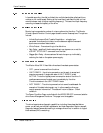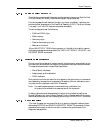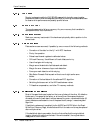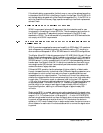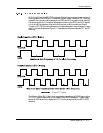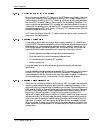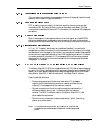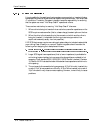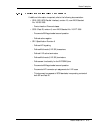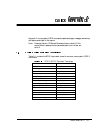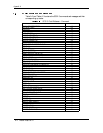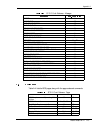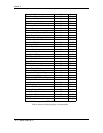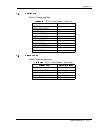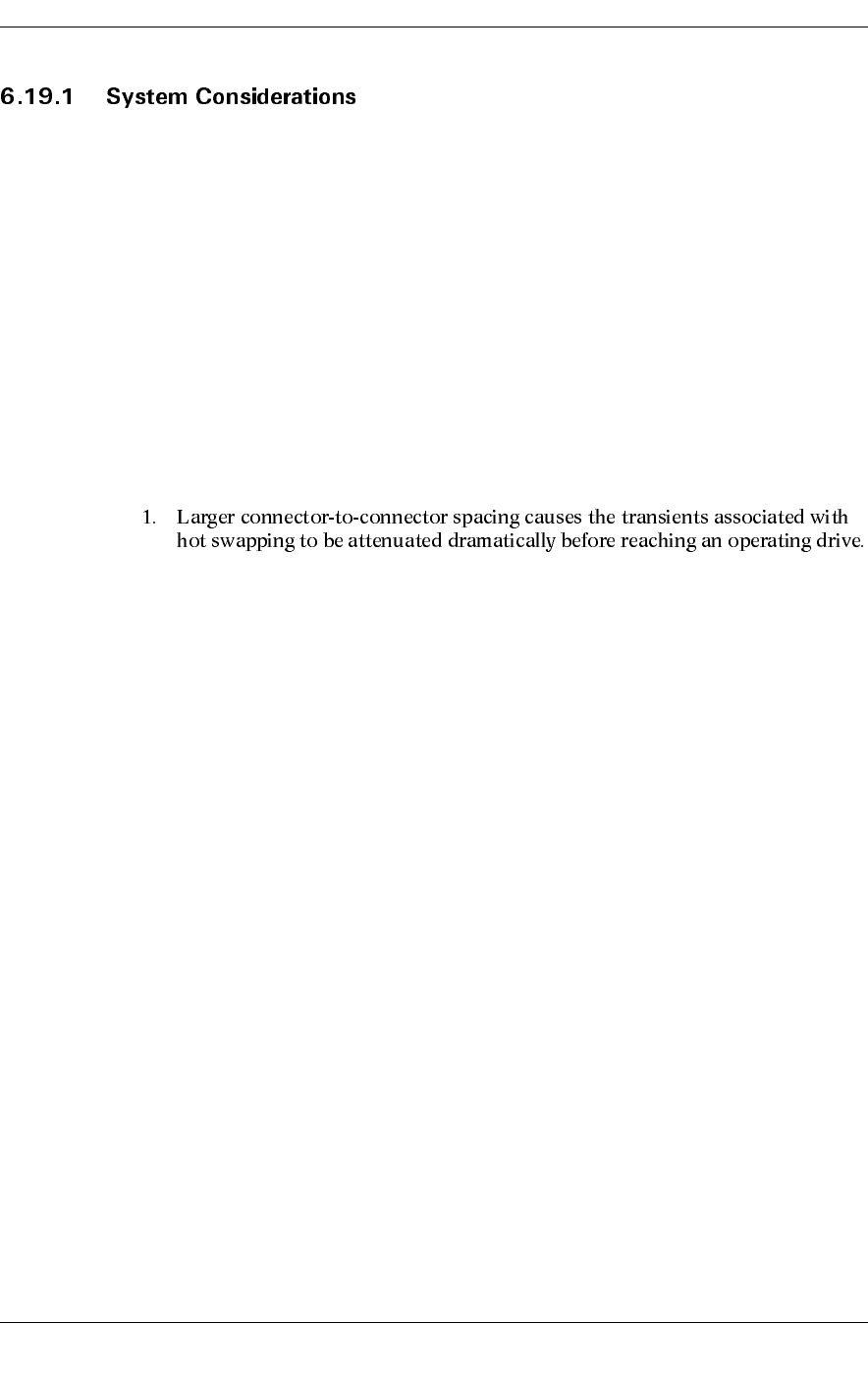
Feature Descriptions
6-14 Maxtor Atlas 10K III
It is not possible for the suppliers of various system components (e.g., targets, initiators,
backplanes, terminators) to guarantee that a system can operate under “Hot Swap Case
4" conditions. Therefore, the system integrator bears the responsibility for ensuring
that the system can meet “Hot Swap Case 4" operational criteria.
There are two metrics key to ensuring “Hot Swap Case 4" tolerance:
1. When a drive is being hot inserted into an active bus, a smaller capacitance on the
SCSI bus pins create a smaller (that is, a lesser charge) transient spike on the bus.
2. When the drive is the closest drive to the connector at which another drive is
being hot inserted, it is desirable that the input receivers ignore short low
amplitude transients (usually via a low pass filter).
LVD SCSI devices may require more stringent system design to tolerate transients that
occur during Case 4 insertion or removal. System integrators should consider the
following when designing their backplanes or buses:
2. Larger SCSI signal-trace capacitance (that is, lower impedance) is preferable for
minimizing transient spikes, but can cause other bus problems unrelated to hot
swapping. Draft standard SCSI-3 SCSI SPI-2 (SCSI Parallel Interface), Revision
18, Section 6.6.2 illustrates the trade-offs between trace capacitance and drive-to-
drive spacing.
3. The universe of drives needs to be homogeneous. A 15 pF drive hot-inserted into
a rack of 15 pF drives presents no difficulty. A 30 pF drive inserted into a rack of
10 pF drives with very close connector spacing, however, is more likely to cause
problems.



